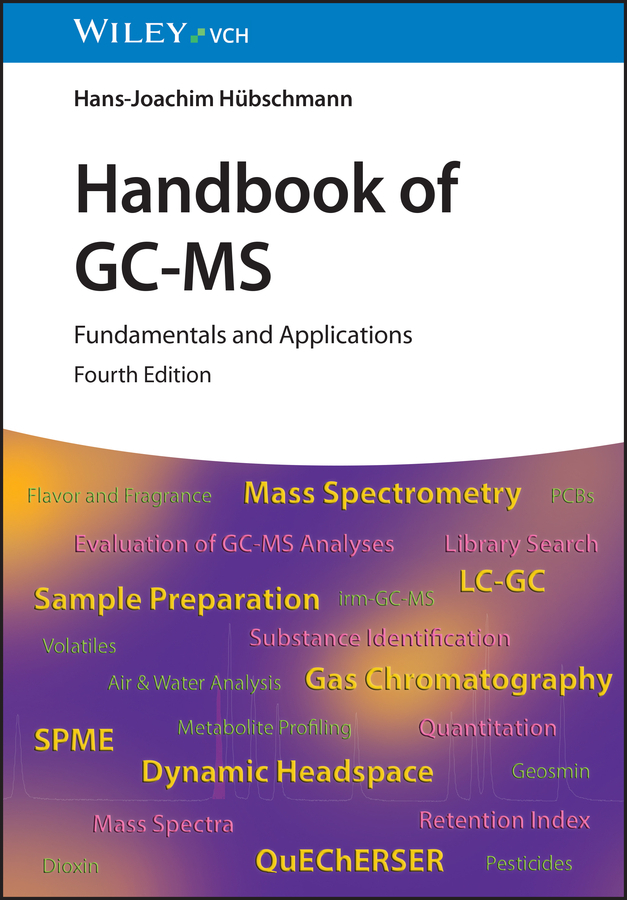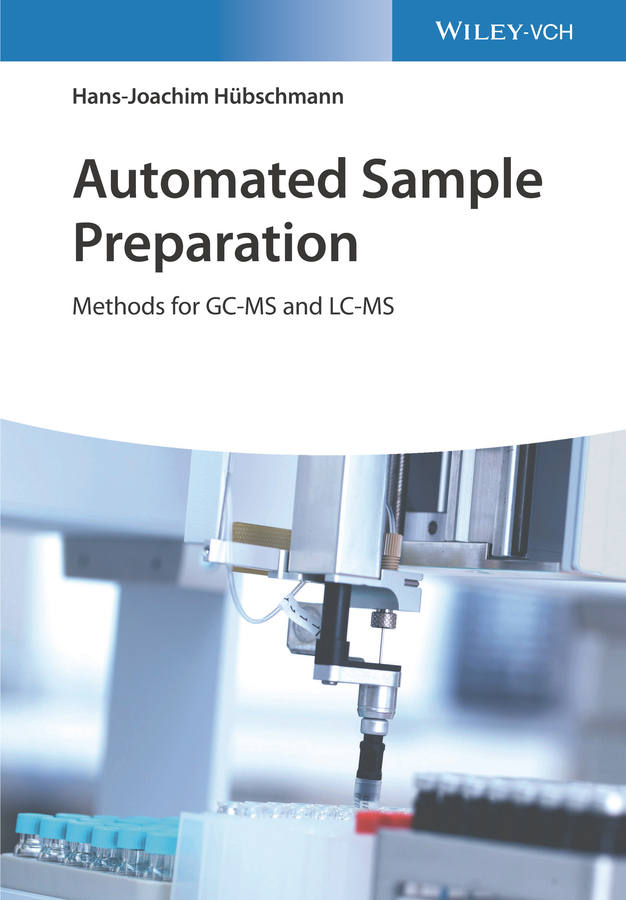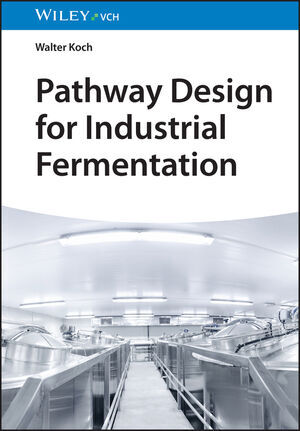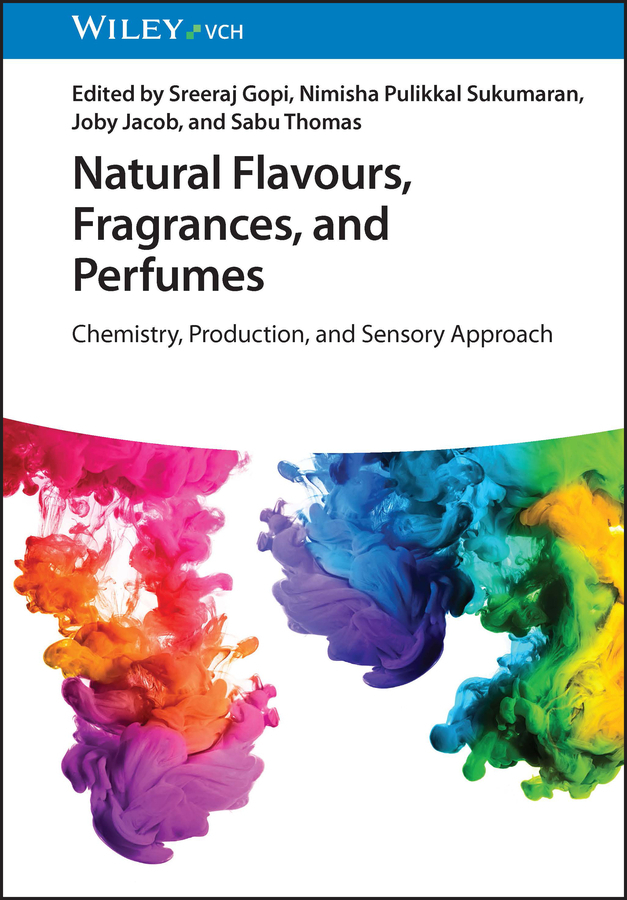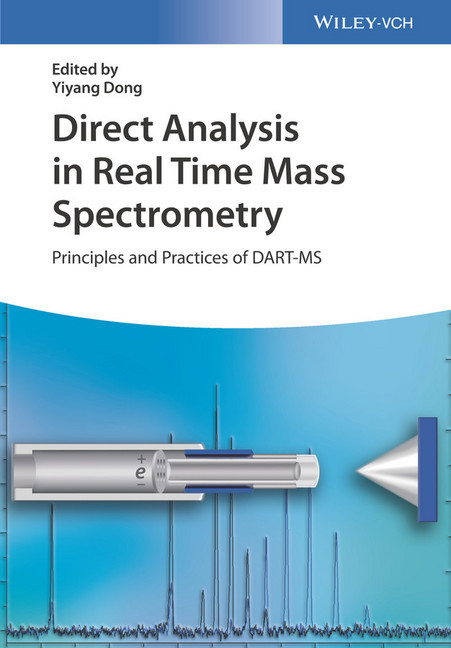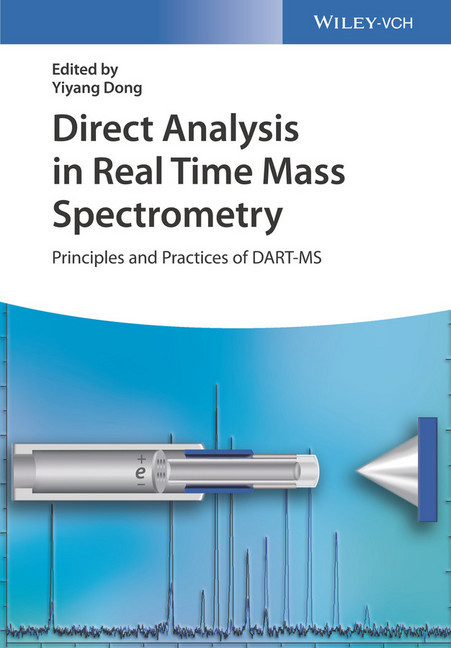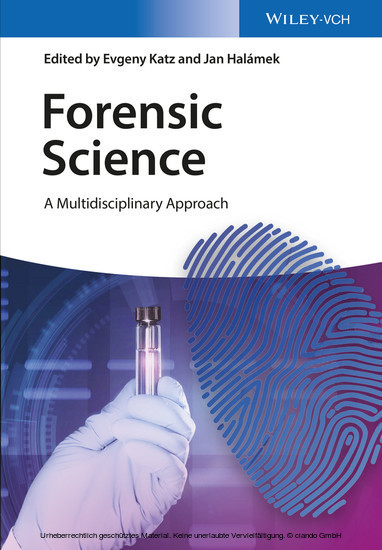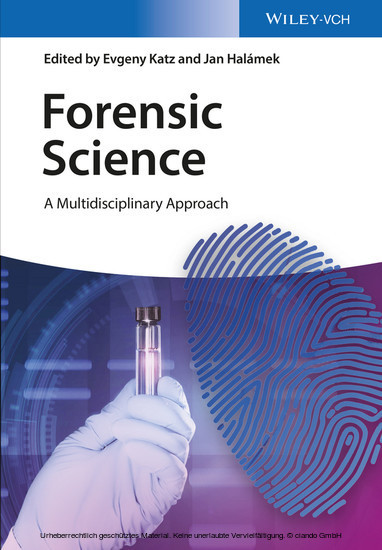Handbook of GC-MS
Fundamentals and Applications
N/A
Table of contents
Table of contents
1 Introduction
1.1 The Historical Development of the GC-MS Technique
2 Fundamentals
2.1 Sample Preparation
Solid Phase Extraction
Dispersive Solid Phase Extraction
Micro Solid Phase Extraction
Solid Phase Microextraction
Pressurized Liquid Extraction
In-Cell Sample Preparation
In-Cell Moisture Removal
In-Cell Hydrocarbon Oxidation
Headspace Techniques
Static Headspace Technique
Dynamic Headspace Technique (Purge and Trap)
Coupling of Purge and Trap with GC-MS Systems
Headspace versus Purge and Trap
Adsorptive Enrichment and Thermal Desorption
Sample Collection
Calibration
Desorption
Pyrolysis
Foil Pyrolysis
Curie Point Pyrolysis
Micro-furnace Pyrolysis
Thermal Extraction (Outgassing)
QuEChERS Sample Preparation
2.2 Gas Chromatography
Sample Inlet Systems
Carrier Gas Regulation
Forward Pressure Regulation
Back Pressure Regulation
Carrier Gas Saving
Injection Port Septa
Septum Purge
The MicroSeal Septum
Injection Port Liner
Split Injection
Splitless Injection
Liner Activity and Deactivation
Liner Geometry
Vaporizing Sample Injection Techniques
Hot Needle Thermo Spray Injection Technique
Cold Needle Liquid Band Injection Technique
Filled Needle Injections
Split Injection
Splitless Injection (Total Sample Transfer)
Concurrent Solvent Recondensation
Concurrent Backflush
Temperature Programmable Injection Systems
The PTV Cold Injection System
The PTV Injection Procedures
The Multimode Injector
Cryofocussing
PTV Cryo-Enrichment
Non-Vaporizing injection Techniques
On-Column Injection update
PTV On-Column Injection
LC-GC Liquid transfer
Capillary Column Choice and Separation Optimization
Choice of Carrier Gas
Sample Capacity
Internal Diameter
Film Thickness
Column Length
Setting the Carrier Gas Flow
Properties of Column Phases
Properties of Ionic Liquid Phases
Chromatography Parameters
The Chromatogram and Its Meaning
Capacity Factor k'
Chromatographic Resolution
Factors Affecting the Resolution
Maximum Sample Capacity
Peak Symmetry
Optimization of Carrier Gas Flow
Effect of Oven Temperature Ramp Rate
Fast Gas Chromatography Solutions
Fast Chromatography
Ultra-Fast Chromatography
Multi-Dimensional Gas Chromatography
Heart Cutting
Comprehensive GC - GC×GC
Modulation
Detection
Data Handling
Moving Capillary Stream Switching
Classical Detectors for GC-MS Systems
Flame-Ionization Detector (FID)
Nitrogen-Phosphorous Detector (NPD)
Electron Capture Detector (ECD)
Photo Ionization Detector (PID)
Electrolytical Conductivity Detector (ELCD)
Flamephotometric Detector (FPD)
Pulsed Discharge Detector (PDD) u
Olfactometry
Classical Detectors Parallel to the Mass Spectrometer re
Microchannel Devices
2.3 Mass Spectrometry
Ionization Processes
Reading Mass Spectra
Electron Ionization
Chemical Ionization
Resolution Power
Resolving Power and Resolution in Mass Spectrometry
Unit Mass Resolution
High Mass Resolution
The Orbitrap Analyser
High and Low Mass Resolution in the Case of Dioxin Analysis
Time-of-Flight Analyser
Ion Mobility
Isotope Ratio Monitoring GC-MS
The Principles of Isotope Ratio Monitoring
Notations in irm-GC-MS
Isotopic Fractionation
irm-GC-MS Technology
The Open Split Interface
Compound Specific Isotope Analysis
On-Line Combustion for d 13C and d 15N Detrmination
The Oxidation Reactor
The Reduction Reactor
Water Removal
The Liquid Nitrogen Trap
On-Line High Temperature Conversion for d 2H and d 18O Determination
Mass Spectrometer for Isotope Ratio Analysis
Injection of Reference Gases
Isotope Reference Materials
Acquisition Techn
Hübschmann, Hans-Joachim
| ISBN | 9783527354030 |
|---|---|
| Artikelnummer | 9783527354030 |
| Medientyp | Buch |
| Auflage | 4. Aufl. |
| Copyrightjahr | 2025 |
| Verlag | Wiley-VCH |
| Umfang | 928 Seiten |
| Abbildungen | 138 Tabellen |
| Sprache | Englisch |

